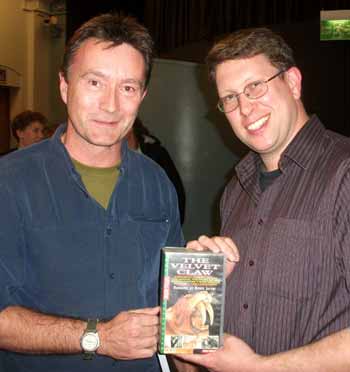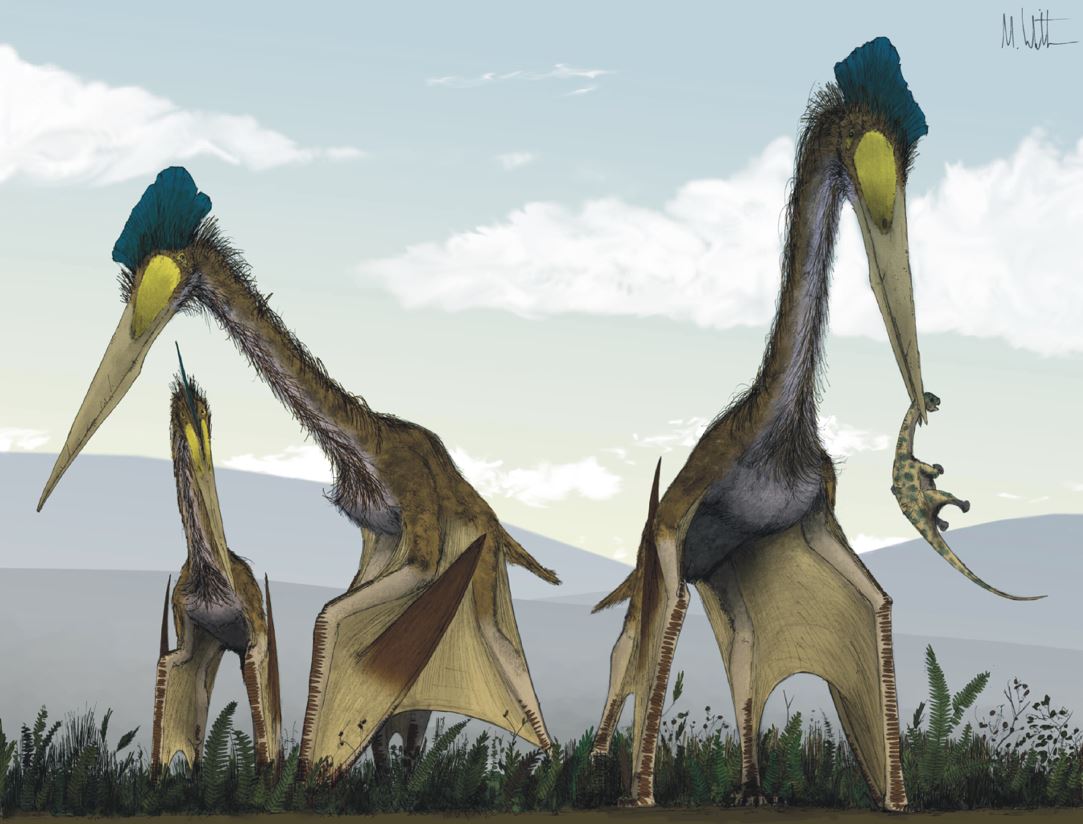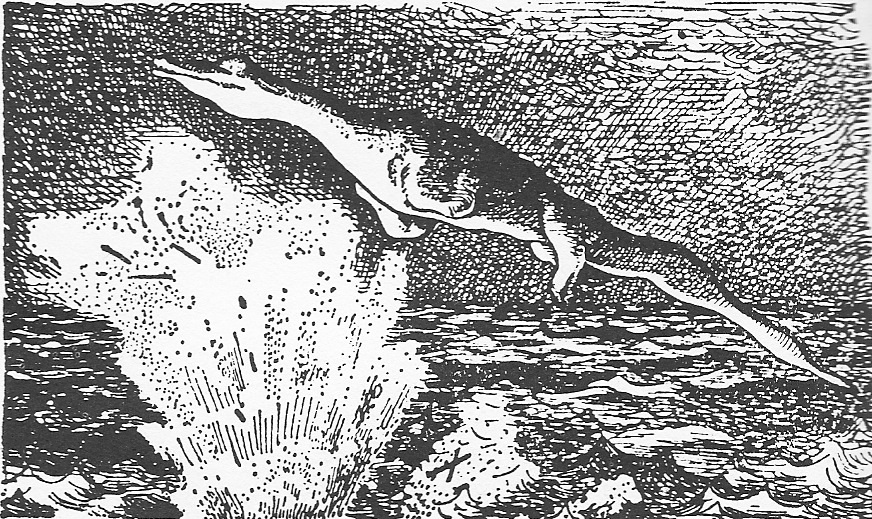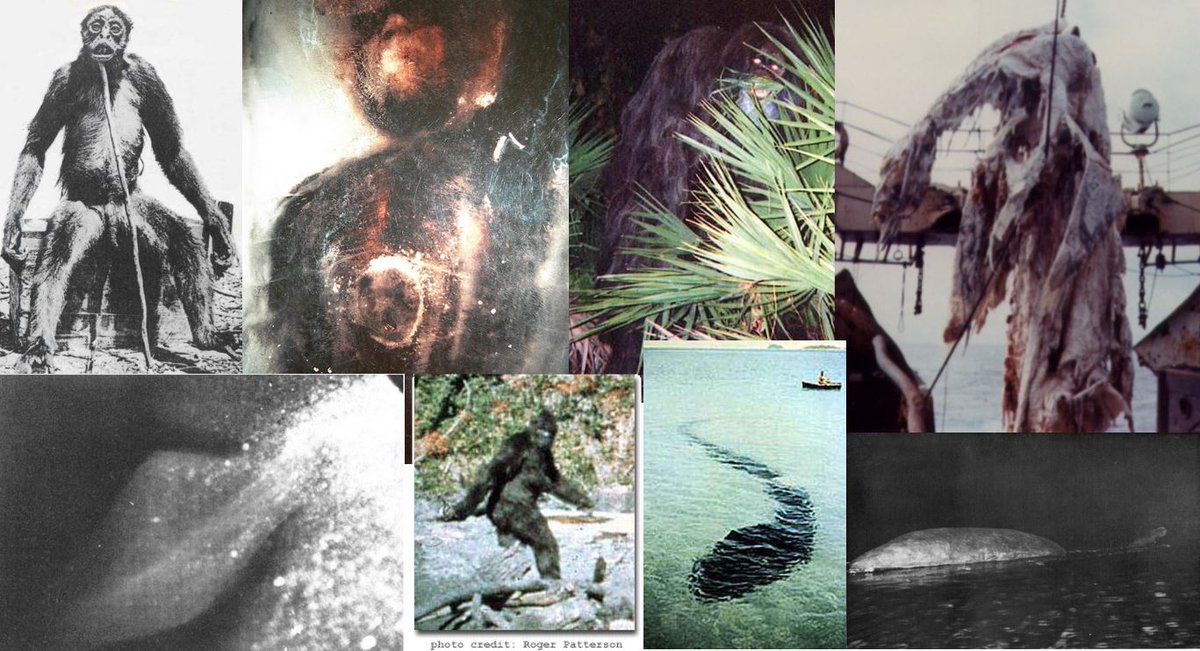
OK, hello and let's go as I #livetweet during a watch of ep 1 of #PrehistoricPlanet! I'll try and keep everything in the same thread. This is the COASTS ep - 1 of 5 - that will be streaming one a day on @AppleTVPlus ... Here we go! 



Like all eps, Coasts was years in preparation and a huge team are behind its completion. I'll mostly be tweeting about science and not ppl but I will be mentioning some key individuals... #PrehistoricPlanet
The ep starts with a swimming #Trex. T. rex lived north to South east to west, across Laramidia (western N America) and was in near-coast environments in many places. Plus ... like just about ALL animals.. it was surely a great swimmer. We WANTED to show something new, and...
... something in keeping with the natural history bent of this series. Yes, a big part of #PrehistoricPlanet is that it was made by the amazing team at the BBC Studios Natural History Unit, the most experienced team in the world when it comes to natural history film-making...
In particular, the stories and ideas in Coasts were devised by my excellent colleague Dr Paul Stewart, an expert on animal behaviour and someone who's filmed amazing animal sequences across the world (including snakes vs iguanas)... 



It was Paul's idea that we show #Trex swimming! #Turtles of several groups - hard-shelled and leatherback and others - lived around coasts of this time, and you've just seen members of two groups, including giant protostegids...
Which, yes, were around in the Maastrichtian. OK.. #pterosaurs!! The pterosaur rookery sequence is based on fossils from Maastrichtian Morocco, where big crested pteranodontids lived alongside #azhdarchids and the frigatebird-like nyctosaurs... 

We see the striding Phosphatodraco - an #azhdarchid - prowling about the colony, something like a marabou stork today. It behaves according to the 'terrestrial stalking' model published by myself and @MarkWitton in 2008... 

The baby nyctosaurs - shown emerging as precocial and devoid of parental care - do what they do following the research @MarkWitton @gimpasaura and I published last year, more on that here... tetzoo.com/blog/2021/7/21…
And ... let me tell you that various of the scientific conclusions in that study were only firmed up _after_ Paul and I finished devising the sequence... classic bad timing! 

Nevertheless, the sequence does a good job of highlighting the fact that different #pterosaurs may likely have done different things. Diversity of this sort is expected for animal groups that have been around for 10s of millions of years!
The next sequence shows elasmosaurs (a group of #plesiosaurs) swallowing pebbles. We know for sure that they did this, many specimens have pebbles preserved inside them. Some the pebbles weigh as much as 2-3 kg and the total pebble load can involve 100s of them! 

The neck flexibility in our elasmosaurs reflects recent work showing that the neck (which was stout and muscular, not floppy and noodle-like) was highly flexible -- NOT stiff! Studies: Zammit et al., Nagesan et al... #plesiosaurs 



Our #mosasaur sequence highlights the new, streamlined, robust-bodied look we now think correct for these animals -- they were not lumpy and crocodile-like as used to be shown... 



I am way behind on what I wanted to say and not finished yet ... still planning to mention lots of people ... note the mosasaur's palatal teeth, forked tongue, and all that detail we built into his skin!
I'm especially pleased that we featured #pycnodont fish -- an unusual, mostly Mesozoic group with deep bodies and unusual crushing teeth (reconstruction of Scalacurvichthys by @AshleyPalaeo)... 

The next sequence depicts scaphitid #ammonites. Anmonites were a worldwide presence in Mesozoic seas and were absurdly diverse. Also -- by the Late Cretaceous they'd been around for over 250 million years already. We very deliberately wanted to show that they...
.... almost certainly must have evolved anatomical and behavioural complexity probably rivalling (or exceeding?) that of their living relatives, the octopuses and squids. The idea that bioluminesence might have been present is not at all outlandish --
I want to say more on ammonites but we're back with elasmosaurs! The four-wing swimming technique we show (and which Sir David) describes reflects the work of many scientists, but in particular that of @LukeMuscutt and colleagues (I was part of this team)... #plesiosaurs
We found that #plesiosaurs could capture the vortices created by the forelimbs with the hindlimbs, and thus boost performance!
The entire baby sequence is based on the remarkable polycotylid specimen on show at Los Angeles Natural History Museum, described by O'Keefe & Chiappe in 2011... 

... which shows that plesiosaurs gave birth to HUGE babies and, as a consequence (based on data from living lizards), likely had parent-baby bonds and larger social groups...
OK, we're at the end already!! I didn't get through half of the stuff I wanted to, doing this on my phone was not a good idea...
I have to emphasise that #PrehistoricPlanet was a gargantuan group effort, involving skills & expertise of about 1500 people. Tens of animators at MPC bought our animals to life, the sounds (by the Wounded Buffalo Team), the music (Hans Zimmer and the Bleeding Fingers Group)...
Plus of course so many camera-people, editors, producers and more... I can't begin to credit everyone correctly in a thread on the more sciencey side of things. I will stop there, I hope you enjoyed this thread. Difficult to keep up ... not entirely sure I want to do it again!
• • •
Missing some Tweet in this thread? You can try to
force a refresh





















